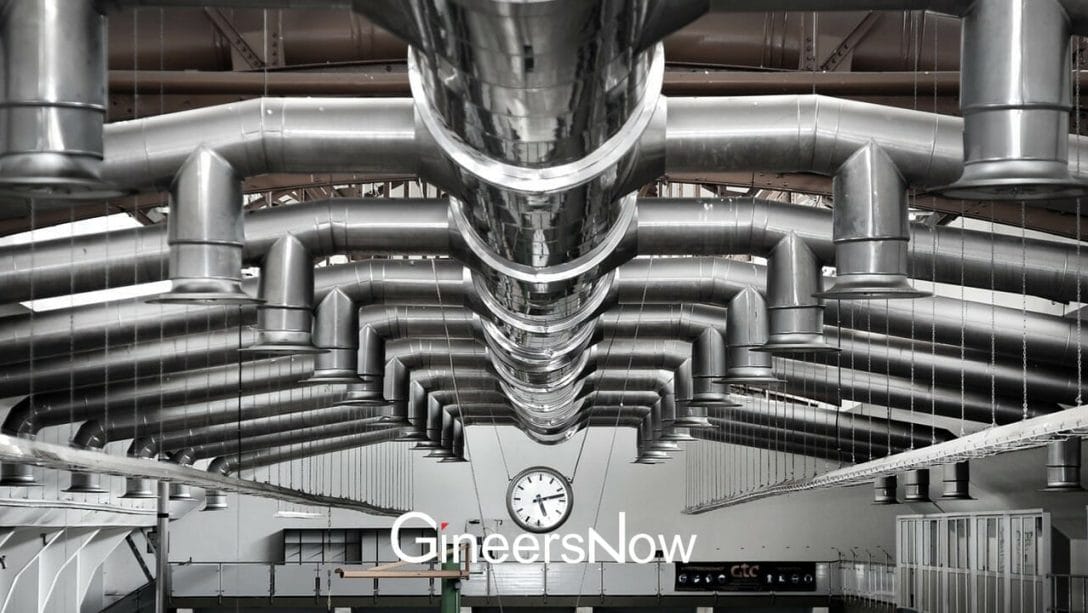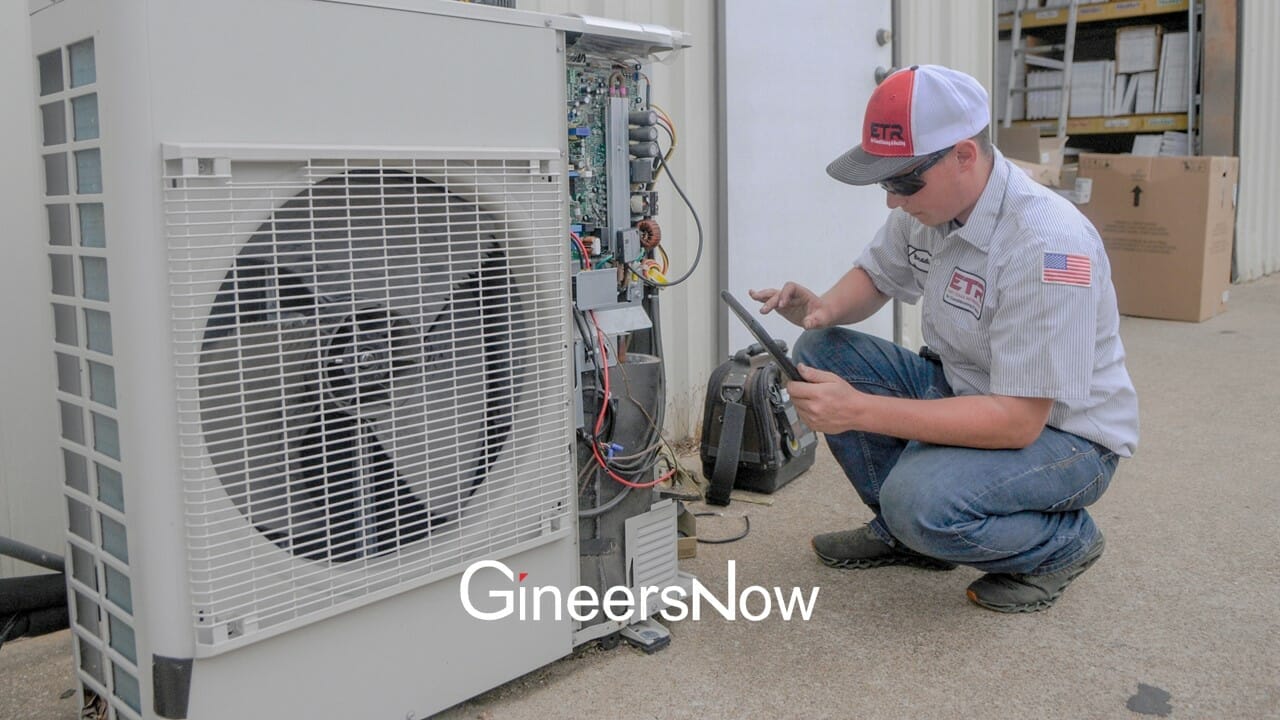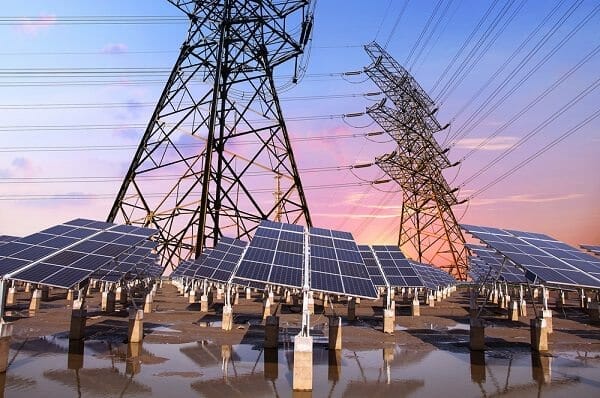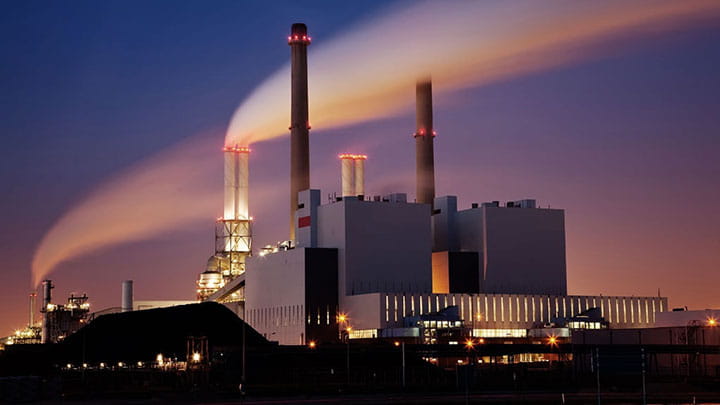In today’s world, where environmental concerns and cost-saving initiatives are at the forefront, energy audits have emerged as an invaluable tool for businesses, households, and organizations seeking to optimize their energy consumption. Energy audits provide a comprehensive analysis of energy usage, identify inefficiencies, and offer tailored recommendations to maximize efficiency and minimize costs. By implementing the insights gained from these audits, individuals and entities can not only reduce their carbon footprint but also experience significant financial savings. This article explores the purpose, benefits, types, and processes of energy audits, shedding light on how they can revolutionize energy management.
Click here to learn more about maximizing your energy savings.
Understanding the Purpose and Benefits of Energy Audits:
The primary purpose of an energy audit is to evaluate energy consumption patterns, identify areas of wastage or inefficiency, and develop a roadmap for energy optimization. By assessing the energy usage of a building, facility, or system, energy auditors can quantify the amount of energy consumed, determine potential areas for improvement, and make recommendations to enhance overall efficiency. The benefits of conducting energy audits are manifold:
- Cost Savings: Energy audits unveil opportunities to reduce energy consumption and, consequently, lower utility bills. By implementing recommended energy-saving measures, individuals and organizations can achieve substantial financial savings in the long run.
- Environmental Impact: Reducing energy consumption through energy audits directly contributes to the global effort to combat climate change. By minimizing energy waste, businesses and households can significantly reduce their carbon footprint, helping create a more sustainable future.
- Improved Comfort and Productivity: Energy audits often uncover issues related to indoor air quality, insulation, and heating/cooling systems. Addressing these concerns not only enhances comfort levels but also improves productivity and well-being.

Types of Energy Audits:
Energy audits can be categorized into three levels, each offering a varying level of detail and complexity:
- Level 1 Audit: This initial assessment involves a basic evaluation of energy bills, a walkthrough of the facility, and a high-level analysis of energy usage patterns. It provides a broad understanding of the energy-saving potential and identifies preliminary measures to improve efficiency.
- Level 2 Audit: A more detailed examination, Level 2 audits involve energy data collection, analysis of equipment performance, and identification of energy-saving opportunities. Auditors may utilize data loggers, thermal imaging cameras, and power meters to gather precise information about energy consumption.
- Level 3 Audit: The most comprehensive and resource-intensive audit, Level 3 involves in-depth monitoring, advanced analysis, and the use of computer modeling to simulate energy performance. This type of audit is typically conducted for large commercial or industrial facilities.
Energy-Saving Technologies:
Implementing energy-saving technologies is a crucial aspect of optimizing energy consumption. Here are some top technologies that auditors often recommend:
- Smart Lighting Systems: Installing energy-efficient lighting solutions such as LED bulbs, occupancy sensors, and daylight harvesting systems can significantly reduce electricity usage.
- Energy-Efficient Heating, Ventilation, and Air Conditioning (HVAC): Upgrading HVAC systems with energy-efficient models, programmable thermostats, and zoning controls can yield substantial energy savings without compromising comfort.
- Building Automation Systems (BAS): BAS integrates various building systems, allowing centralized control and automation. This technology optimizes energy use by monitoring and adjusting lighting, HVAC, and other systems based on occupancy and external conditions.
- Energy Management Systems (EMS): Energy management systems provide comprehensive monitoring and control of energy usage within a building or facility. These systems integrate with various energy-consuming devices, such as lighting, HVAC, and appliances, allowing for centralized monitoring and optimization. By analyzing real-time data and implementing intelligent control strategies, EMS can identify energy wastage, schedule equipment operation for optimal efficiency, and enable automated adjustments based on occupancy and environmental conditions.
- Renewable Energy Integration: Incorporating renewable energy sources into the energy mix is a key strategy for reducing reliance on fossil fuels and lowering overall energy costs. Energy audits often recommend the installation of solar panels or wind turbines to harness clean and sustainable energy. By generating electricity on-site, businesses and households can offset their grid-based energy consumption and potentially even sell excess energy back to the grid through net metering programs.
- Building Envelope Improvements: The building envelope, consisting of walls, windows, roofs, and insulation, plays a significant role in energy efficiency. Energy audits often identify opportunities for improvements in these areas to minimize heat gain or loss. Upgrading insulation, sealing air leaks, installing energy-efficient windows, and using reflective roofing materials can help maintain indoor temperatures, reduce reliance on heating or cooling systems, and result in substantial energy savings over time.
By leveraging technologies such as energy management systems, integrating renewable energy sources, and enhancing the building envelope, individuals and organizations can further optimize energy consumption and achieve even greater cost savings while promoting sustainability and environmental stewardship.
The Energy Audit Process:
The energy audit process typically follows these steps:
- Pre-Audit Preparation: The auditor collects information about the building or system, including energy bills, floor plans, and operational details. This enables them to tailor the audit process to the specific needs of the entity being audited.
- On-Site Assessment: During this phase, auditors conduct a thorough walkthrough, inspecting equipment, systems, and operational processes. They may use tools like thermal imaging cameras, data loggers, and power meters to gather data on energy consumption and performance.
- Data Analysis: After collecting the necessary data, auditors analyze it to identify energy-saving opportunities, quantify potential savings, and prioritize recommendations. They may utilize computer software and modeling techniques to simulate energy performance and validate the feasibility of suggested measures.
- Audit Report and Recommendations: The auditor presents a detailed report highlighting the findings, potential savings, and recommended energy-saving measures. This report serves as a roadmap for implementing changes and optimizing energy consumption.
Conclusion
Energy audits play a vital role in maximizing efficiency and minimizing costs for businesses, households, and organizations. By conducting audits, individuals and entities can identify inefficiencies, reduce energy consumption, and save money while simultaneously reducing their carbon footprint. The different levels of audits offer varying levels of detail, enabling tailored recommendations based on specific needs. By embracing energy-saving technologies and implementing recommendations from audits, real-life success stories demonstrate the substantial financial savings and environmental benefits that can be achieved. Energy audits are an indispensable tool in creating a sustainable future by optimizing energy usage and fostering energy-efficient practices.














